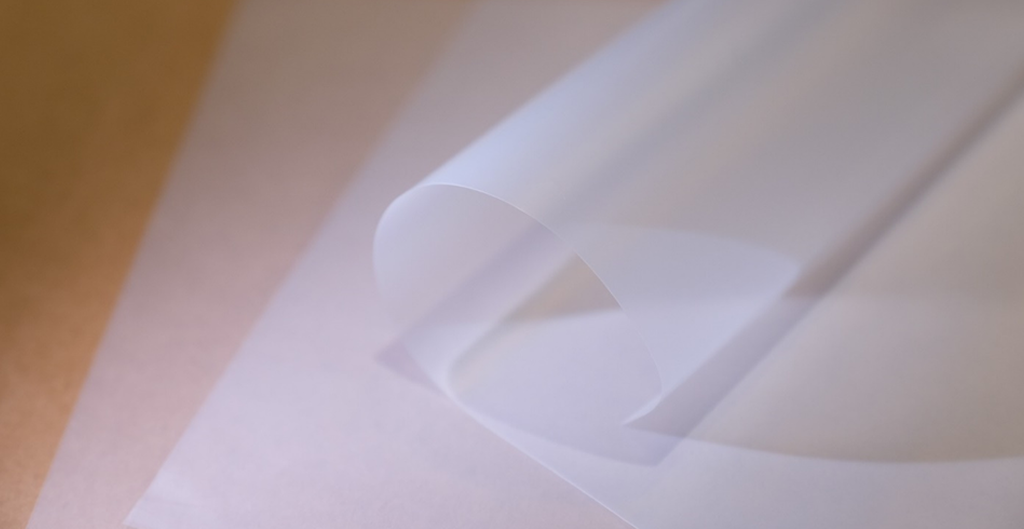The ion exchange membrane is composed of a cation exchange membrane (CEM), an anion exchange membrane (AEM), and anode membrane.
CEM blocks anions while allowing only cations to pass through the membrane. AEM can also separate cations and anions as it works by the same mechanism. And, ion exchange membranes can be mainly used in mCDI (membrane capacitive deionization), RED (reverse electrodialysis), ED (electrodialysis), and BPED (bipolar electrodialysis).

mCDI is more energy efficient than reverse osmosis membrane systems due to its low power consumption and high recovery rate.
In addition, it can more easily mitigate hardness that causes scaling and reduce fluoride that is relatively difficult to remove in reverse osmosis systems. It can operate up to 60 degrees Celsius. The 16μm membrane is the thinnest and has the lowest electrical resistance, making it the most energy efficient and suitable for mCDI and RED. ED is an application technology used for recycling-based enrichment. The most common application is wastewater treatment to recycle specific ions. Thicker membranes are more efficient at high concentrations. 95μm membranes are suitable for ED applications. BPED is a high value-added technology, especially in the production of lithium and recycling of lithium batteries. Additionally, caustic soda is produced through recycling of sodium sulfate wastewater. The anodic film is clearly the most important material in a BPED system in terms of purity, efficiency, and power consumption.




